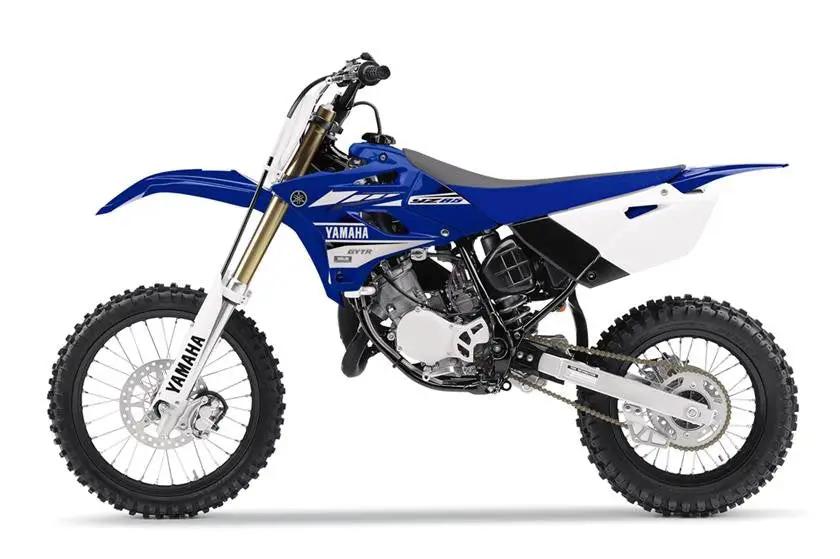
Racing cyclists who have died during a race or during training are remembered by cycling aficionados and the cycling press. A survey of 2008 Olympics teams, however, indicated that cycling was not even in the top six most injury-prone sports during competition that year. The dangers of the various sporting forms of cycling continue to be an issue, including training on public roadways. Some of these deaths affect cycle racing afterwards – the death of Andrey Kivilev in a crash during the 2003 Paris–Nice race caused the Union Cycliste Internationale to institute a mandatory helmet rule. A number of professionals and competitive amateurs have been killed in crashes with motorized vehicles while training on public roads plus there is a growing number of cyclists who have died of heart attacks while cycling in a race or while training.

Motor-paced cycling still exists in the modern era as keirin racing and derny racing.

By 1929, at least 47 people had died while racing at velodromes – 33 cyclists and 14 pacemakers. Safety has been a concern since cycling's early days. Pacemakers are motorcyclists utilized in motor-paced racing, riding motorcycles in front of their cycling teammates to provide additional speed to those cyclists via the resulting slipstream.

The athletes listed here were either professional cyclists, professional pacemakers or well-known competitive amateurs who had a cycling-related death, mostly during a race or during training. The first documented deaths of competitive cyclists during competition or training date to the 1890s and early 1900s when the recently-invented safety bicycle made cycling more popular, both as a sport and as a mode of transport. 1900 postcard) The cyclist Paul Dangla and his pacemaker teammate Marius Thé in the Vélodrome d'Hiver ( c. List of deaths of cyclists during competition or training


 0 kommentar(er)
0 kommentar(er)
